Fifteen years after it first made global headlines, a highly publicized scientific study proposing the existence of a microorganism that could use arsenic in place of phosphorus has been officially retracted by the journal Science. The announcement brings a final chapter to one of the most controversial and debated claims in modern biology.
The Bold Claim That Rocked Science
Back in 2010, researchers announced the discovery of a bacterium—known as GFAJ-1—found in the harsh, salty waters of Mono Lake in California. What made this microbe extraordinary, according to the scientists, was its alleged ability to survive by incorporating arsenic—a typically toxic element—into its DNA and cellular structure in place of phosphorus, which is considered one of the six essential elements for life.
The study, which was backed by NASA, was touted as a breakthrough that could potentially redefine the limits of life on Earth and influence the search for life on other planets. Media coverage exploded, with many speculating this could be the first step toward proving the possibility of “alien” life with alternative biochemistry.
Scientific Scrutiny and Skepticism
However, the scientific community responded with swift and intense criticism. Numerous experts questioned the research methods and the validity of the conclusions. Concerns were raised that the presence of trace amounts of phosphorus had not been ruled out, and that the bacterial survival was more likely due to tolerance of arsenic rather than a biochemical substitution.
In the years that followed, several independent studies attempted to replicate the original findings but failed to find compelling evidence that arsenic had actually replaced phosphorus in the organism’s DNA. Instead, it was concluded that GFAJ-1 still required phosphorus for growth and survival, even if it could withstand high levels of arsenic.
Retraction Without Misconduct
This week, Science issued a formal retraction of the original article. Notably, the journal did not accuse the researchers of fraud or misconduct. Instead, the retraction was based on updated editorial standards, which now allow for the withdrawal of studies that fail to convincingly support their core claims—even if the research was conducted in good faith.
The retraction follows a long period of debate, failed replications, and continuing doubts about the study’s conclusions. It represents a rare but impactful case of the scientific process correcting itself years after publication.
Authors Push Back
Despite the journal’s decision, several of the original authors, including lead researcher Felisa Wolfe-Simon, strongly objected to the retraction. In a public response, they defended their methodology and insisted the data was misinterpreted by critics. They also expressed concern that retracting a paper due to scientific disagreement, rather than evidence of error or dishonesty, sets a troubling precedent for open research.
Wolfe-Simon, once hailed as a rising star in the astrobiology field, faced intense scrutiny in the wake of the original paper’s backlash and eventually distanced herself from academic science.
The Bigger Picture
The retraction reignites discussions around how science should handle bold, unconventional claims. While groundbreaking ideas are essential to progress, they must be backed by reproducible, peer-reviewed evidence. This case also highlights the importance of scientific humility and the need for robust review processes—especially for research with far-reaching implications.
Though the idea of “arsenic life” may have been disproven, the story of GFAJ-1 continues to be a powerful reminder of how science evolves through constant questioning, testing, and refining.
The world may not have found alien life in Mono Lake, but the journey revealed a great deal about the nature of discovery—and the value of skepticism in science.


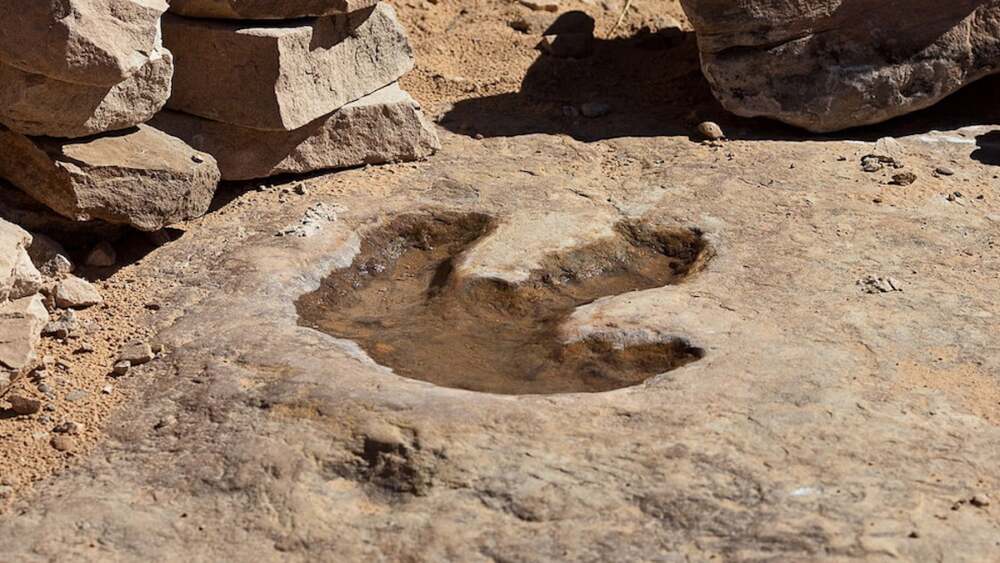

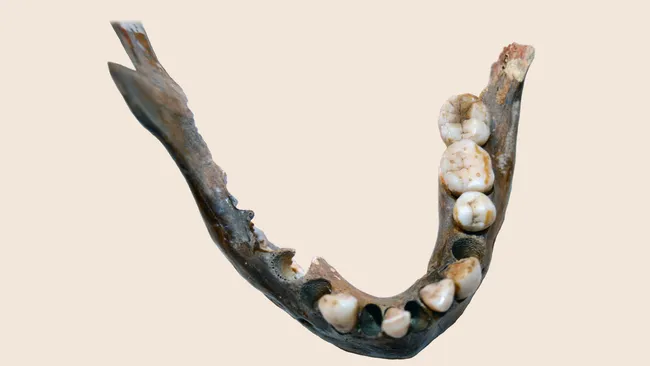

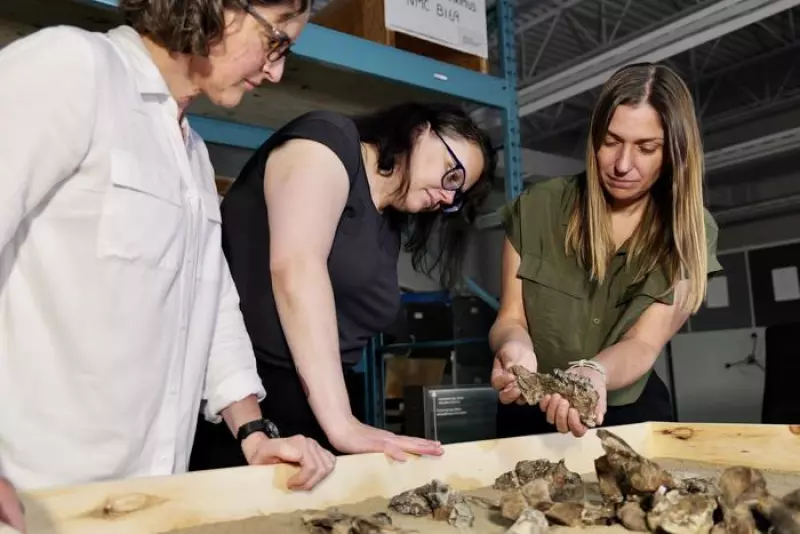

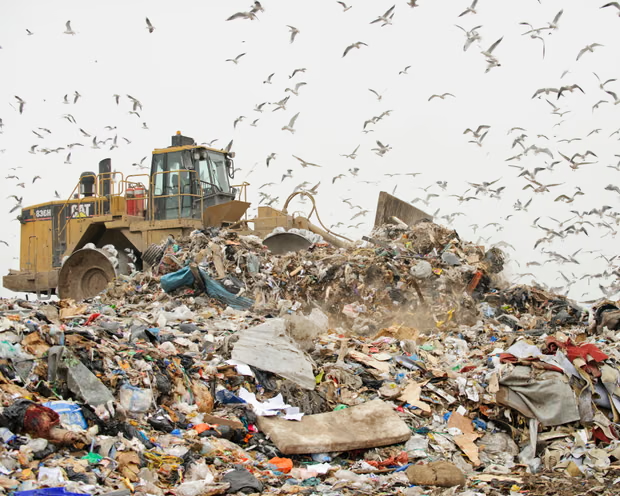

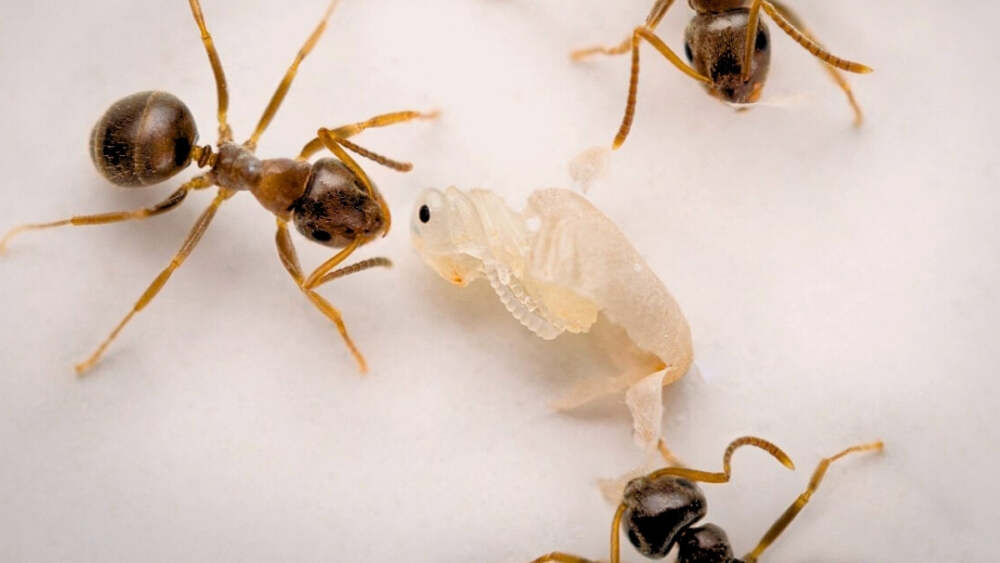
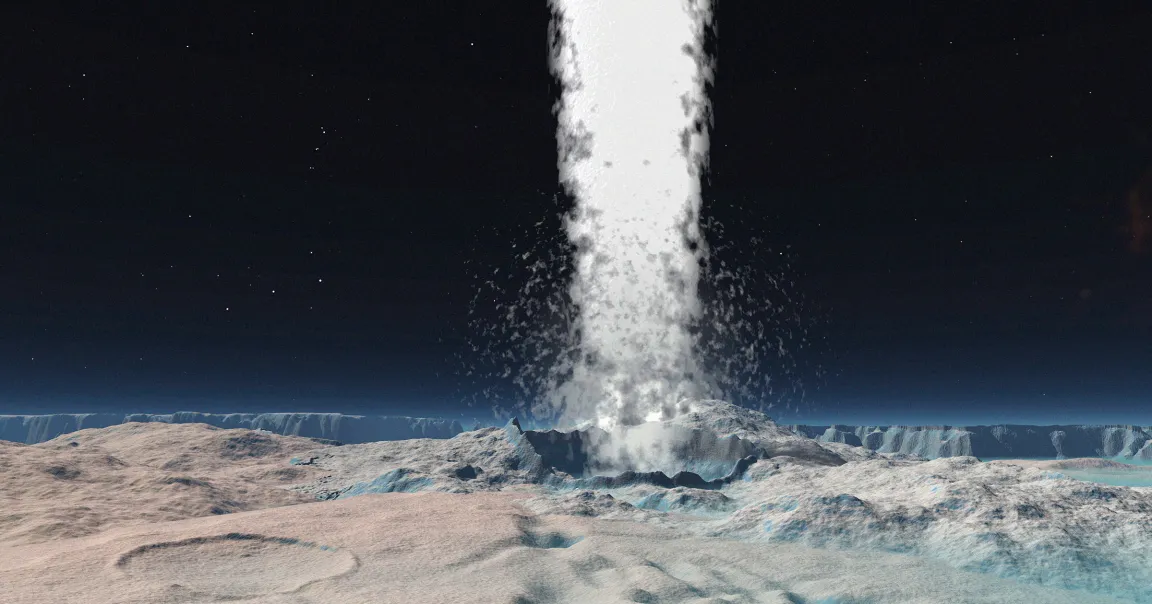




Leave a Reply